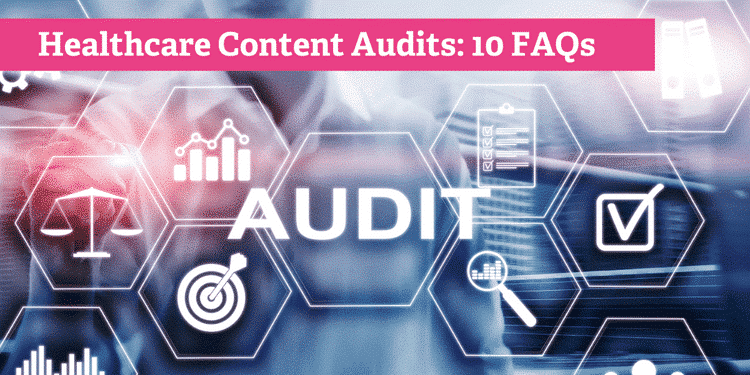With Google’s new update to the search algorithm (Hummingbird) and changes coming to the way people perform searches, it’s important for all of us in search, content and all things digital to have a paradigm for thinking about the way people look for information.
We’ve used a lot of fun metaphors in usability (pogo-sticking, the scent of information) and I find it particularly helpful to use metaphors that people can remember and internalize. In particular, people need to know how to think about search from a use case scenario (how the customer actually behaves), because otherwise, their digital roadmaps take them down the wrong road (similar to map apps that get you lost—they shall remain nameless in this blog, but you know who I mean).
That’s why I’ve picked four major types of searchers and named that after the way us former city-dwellers used to live. Inspired by the popular paelo diets, this is the paleo-search framework for thinking about how people look for content. Thinking about these four archetypes use case scenarios should help you as you plot information architecture, labeling of buttons, content and interactivity.
People’s Search for Information is About Their Urgency
- Hunter: This person is in specific need of information and wants to find it quickly. Your hunter is looking for a location, a price or the lyrics to a particular song. If she can’t find what she’s looking for, she’ll keep looking for it, with laser-like focus.
- Gatherer: This person is gathering information and might even be comparing sites, one to the other. Not convinced that her search terms are correct, she may even be willing to be swayed by a related link. She’s the type of person who you offer additional content to, and try to persuade with a chatty, back and forth conversation that takes place over multiple pieces of content.
- Farmer: A farmer is a type of gatherer who is looking for information that he or she can use for later. So, he may use Read Later Apps like Pocket or Instapaper to indulge in your content while waiting in line or commuting. That’s why it’s so important for your content to be future-ready and portable, so that people can ingest it wherever and whenever they are.
- Conqueror: This person needs information NOW! Where’s the nearest gas station because I’m running out of gas? What’s that restaurant’s phone number so I can make a reservation? How many U.S. Presidents have there been because I want to win this bet? Your Conqueror is going to use voice-activated search (like Google by Voice) and results right on the search engine’s page (the new infamous QA that Hummingbird seems to have ushered in). He’s not interested in being swayed by keyword suggestions or how life is going to change if he clicks on that related link.
I’ve found thinking about searchers using this framework can really help you build better use case scenarios. I also think that by thinking about how hungry people are for information in the moment, you can build better content.
What do you think?




